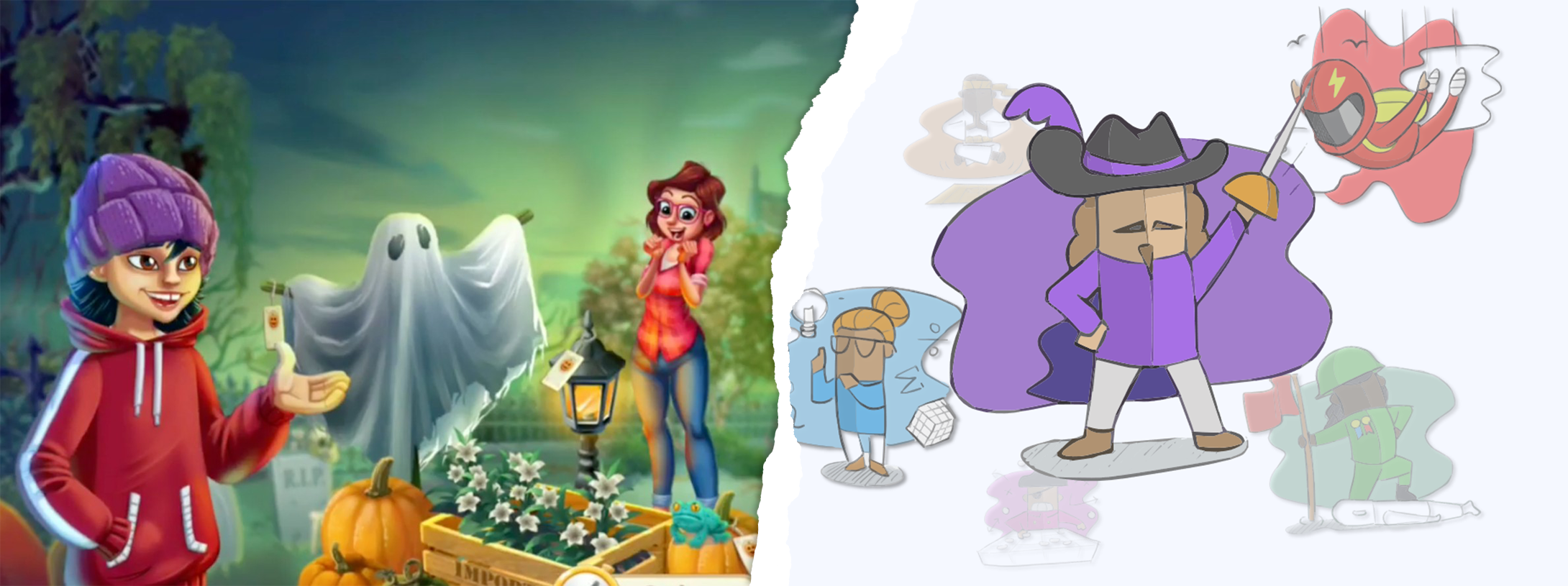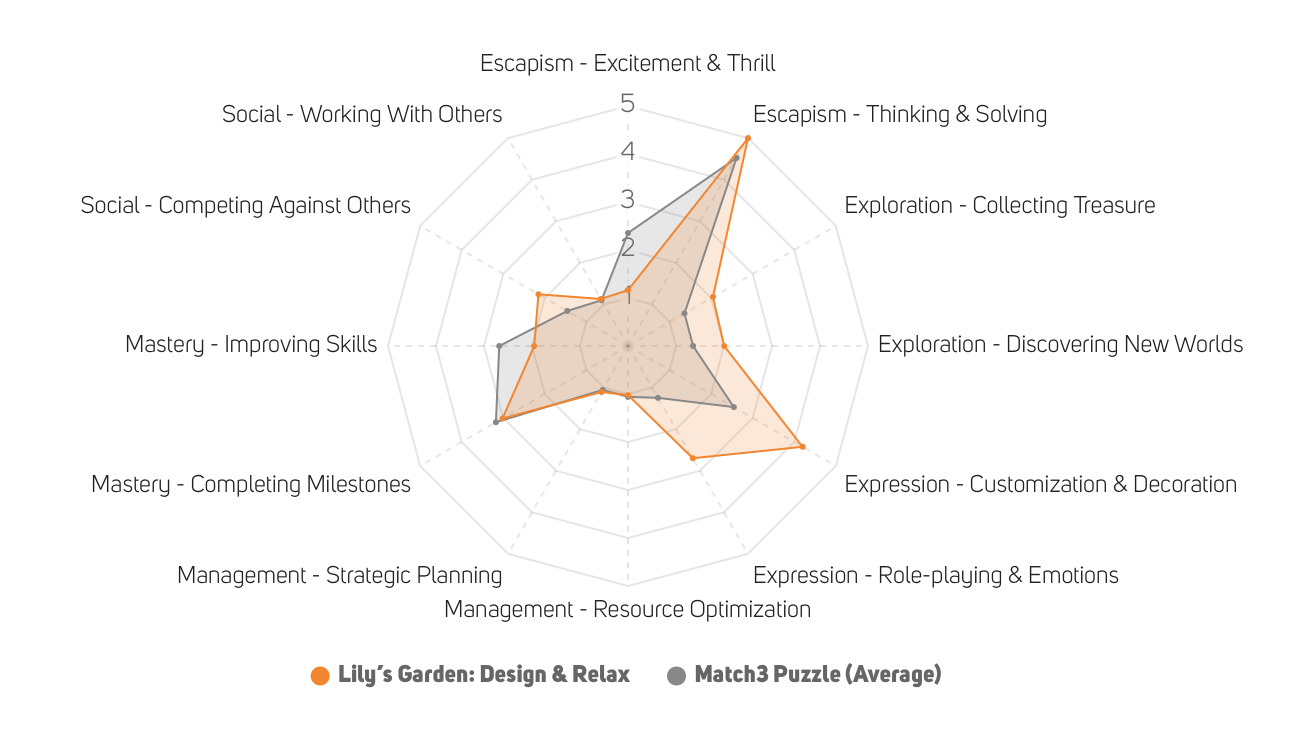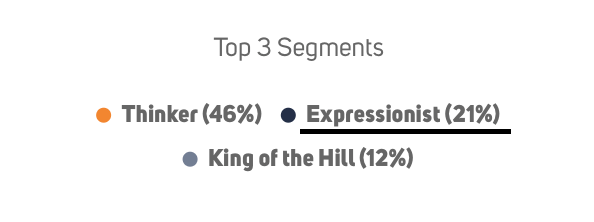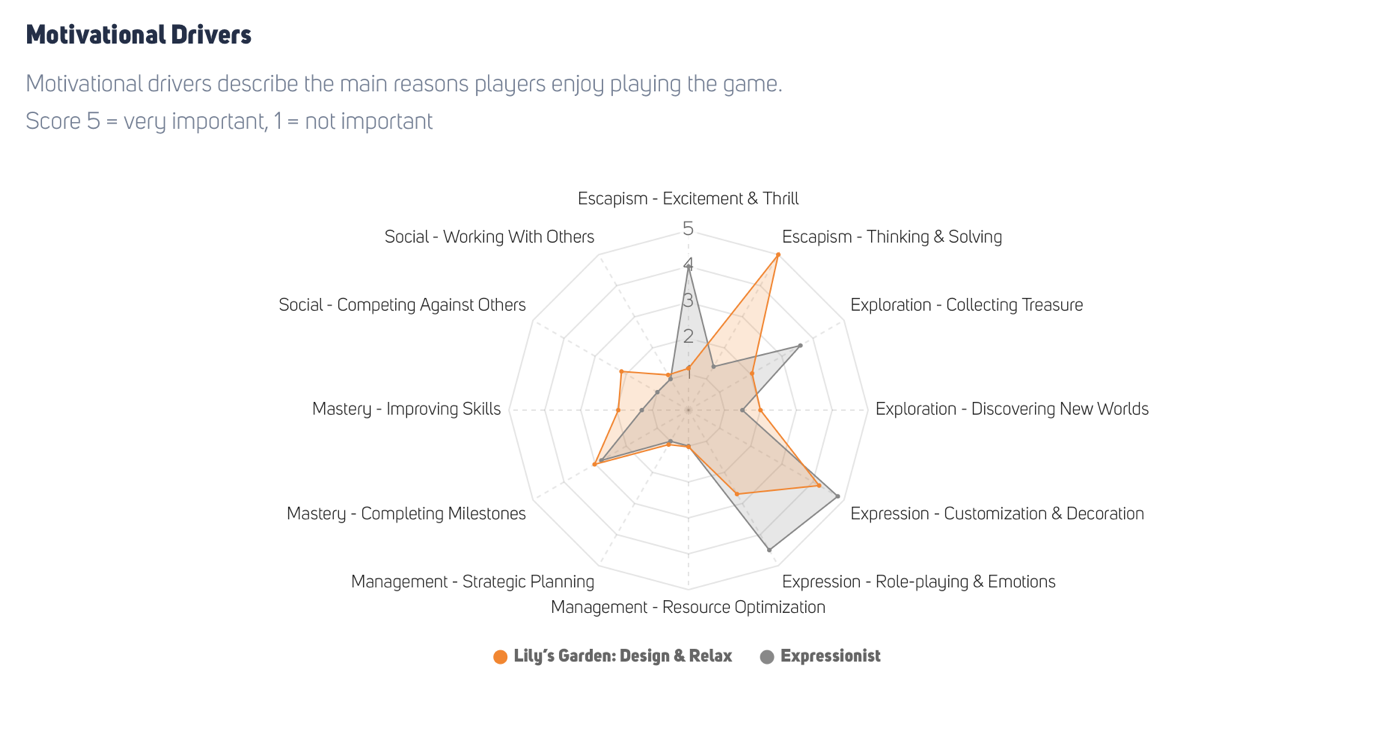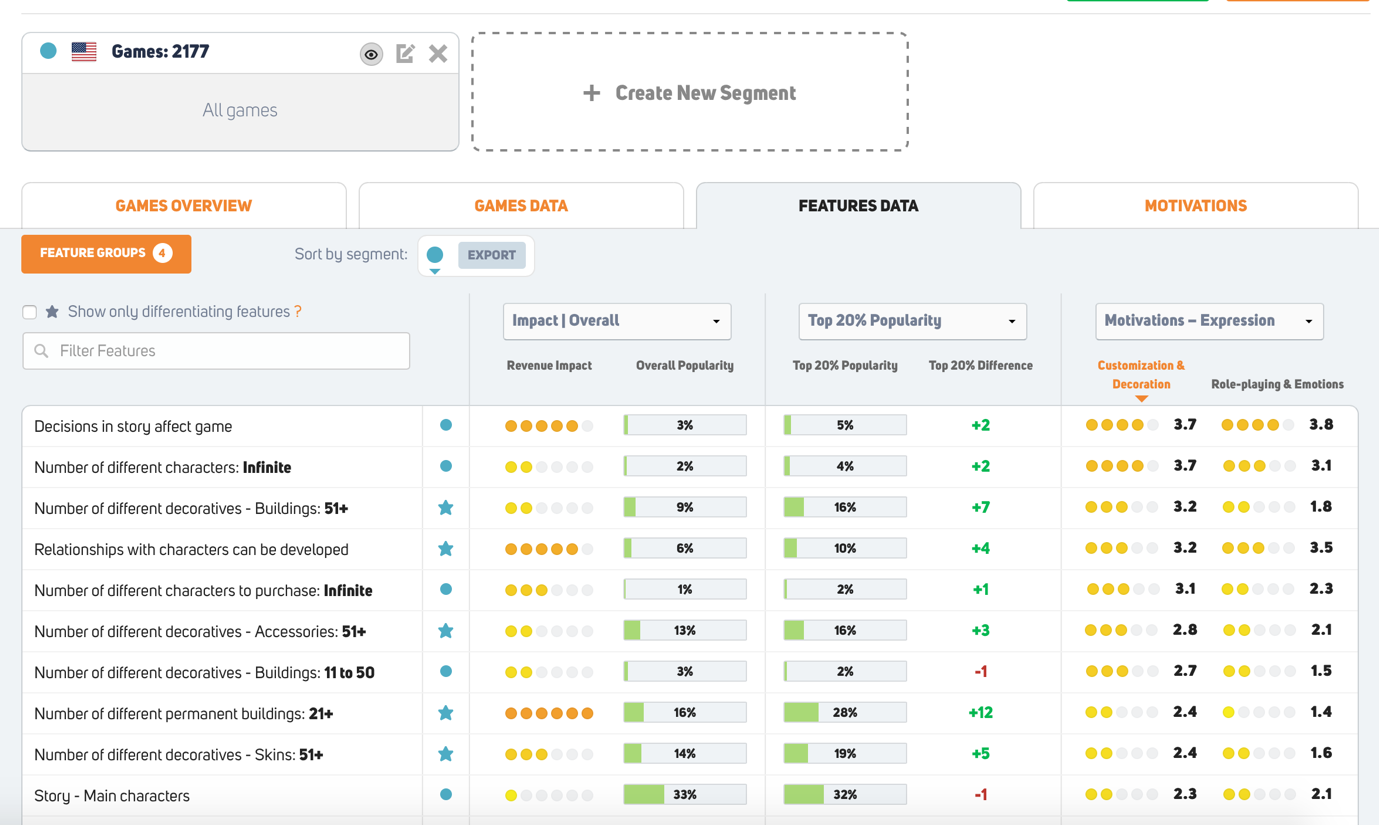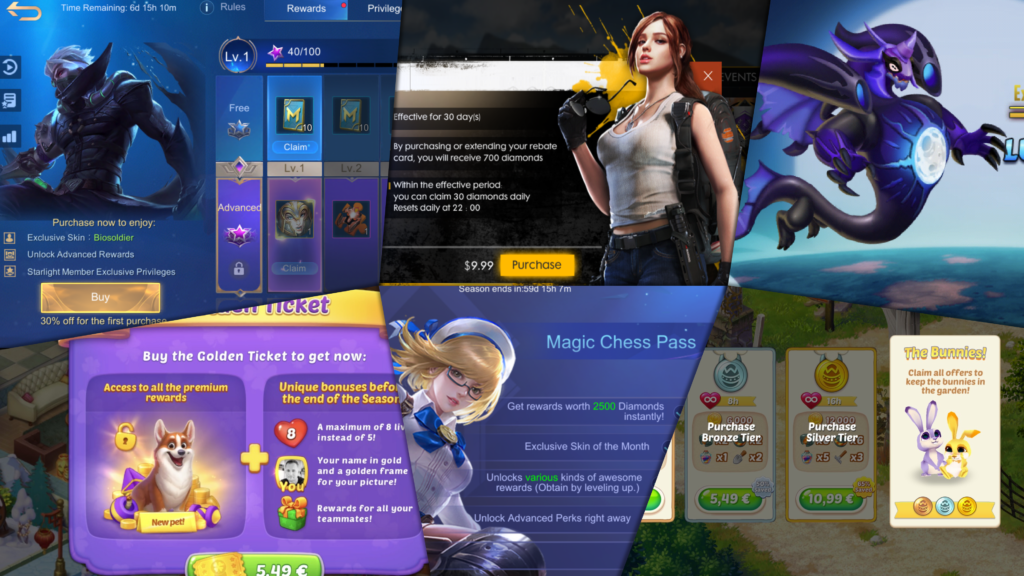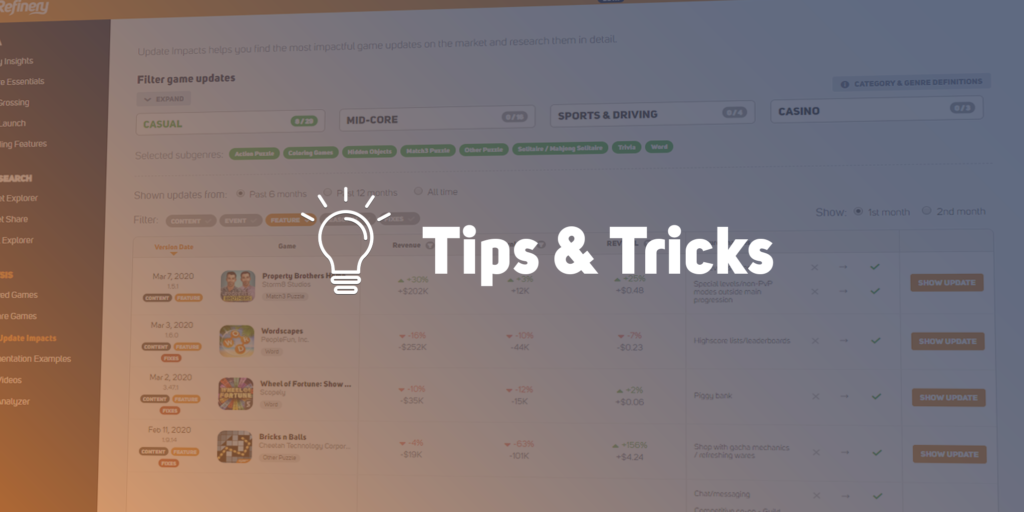As we recently launched our Player Motivations and Archetypes framework, Erno and I wanted to give you a concrete example of how to utilize this new dataset to hit the right audience with the right features. (In case you did not check the related article, check it from here)
Let’s choose Lily’s Garden as an example and check out how the game compares to the average motivational distribution of match3 games:
This Motivational Driver graph clearly depicts that Lily’s Garden stands out from the “average match3” game with two different motivational drivers: “Role-playing & Emotions” and “Customization & Decoration.
Now that we know we’ve pinpointed the key Motivational Drivers Lily’s Garden mainly caters to. Let’s take a look at which Player Archetypes find the game most appealing. In other words, what are the key audiences of Lily’s Garden, and how can we make the game more appealing for them?
One of Lily’s Garden’s differentiating Motivational drivers is Expression AND the second biggest Player Archetype is Expressionist. So it could be helpful to see what features we could add to the game to enhance its appeal towards that Player Archetype even more.
When looking at this Motivational Driver graph, we can see that the strongest overlap between Lily’s Garden motivational drivers and the Expressionist Archetype’s preferences comes from the Customization & Decoration motivation.
So what does this tell us? Well, with this information, we could look at market data and see which features actually tap into the Customization & Decoration Motivational Driver and use that information to our advantage when designing new features for Lily’s Garden.
To do that, let’s head to the Market Explorer tool and find out which features seem to be tapping the most into this specific motivation.
(psst don’t tell our product team that I stole this testing environment picture from them 😉)
This nice view tells us what features would appeal towards Customization & Decoration Motivational Driver and how many games are utilizing them at the moment in the US iOS market:
Based on this, we can identify features that would increase Lily’s Garden’s appeal to the “Expressionist audience.” As we can see here, different types of decorative items and story-related things seem to be quite effective.
As a next step, we could dive a bit deeper and start studying the market by checking which games have these features and how they’ve been implemented in practice. So let’s head to the Implementation Examples section where we can skim through +40 000 different examples to find inspiration and benchmarks.
Here we can see how various games in our genre (Casual Match3) have implemented decorative features and get our own ideas flowing. Moreover, we could zoom out from our sub-genre to see a broader spectrum of different implementations (e.g. all Casual games). By looking a bit outside the box we could find something truly unique and fresh to further innovate!
Want to see how you could use this in your development? Feel free to schedule a call

